Cicadas Are Emerging Now. How Do They Know When to Come Out?
Scientists are making computer models to better understand how the mysterious insects emerge collectively after more than a decade underground.
By

Scientists are making computer models to better understand how the mysterious insects emerge collectively after more than a decade underground.
By

A series of foot tracks in southeastern China points to the discovery of a giant velociraptor relative, paleontologists suggest in a new study.
By
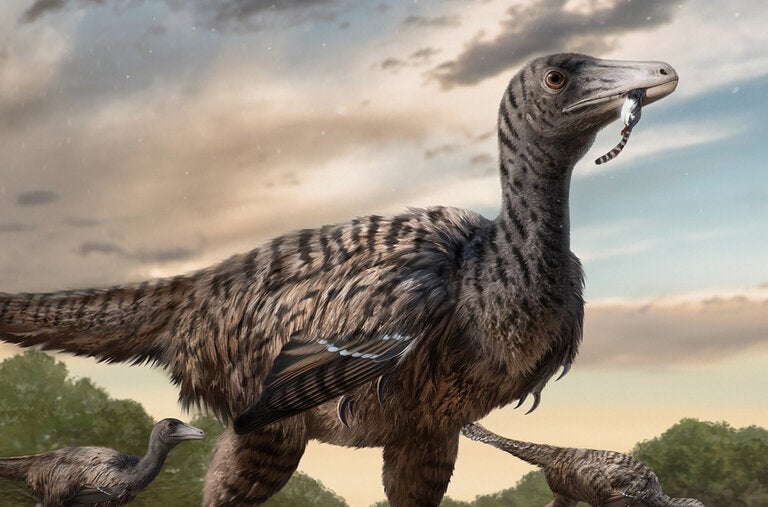
New research questions the long-held theory that reintroduction of such a predator caused a trophic cascade, spawning renewal of vegetation and spurring biodiversity.
By

A new study resets the timing for the emergence of bioluminescence back to millions of years earlier than previously thought.
By

A Brewery Worker’s Drunken Driving Defense: His Stomach Made the Alcohol
A 40-year-old man was acquitted of a drunken driving offense after doctors confirmed he had a rare condition: auto-brewery syndrome.
By

Bird Flu Is Infecting More Mammals. What Does That Mean for Us?
H5N1, an avian flu virus, has killed tens of thousands of marine mammals, and infiltrated American livestock for the first time. Scientists are working quickly to assess how it is evolving and how much of a risk it poses to humans.
By Apoorva Mandavilli and

Generative A.I. Arrives in the Gene Editing World of CRISPR
Much as ChatGPT generates poetry, a new A.I. system devises blueprints for microscopic mechanisms that can edit your DNA.
By

Carbon Dioxide Levels Have Passed a New Milestone
There’s 50 percent more carbon dioxide in the air than before the Industrial Revolution.
By
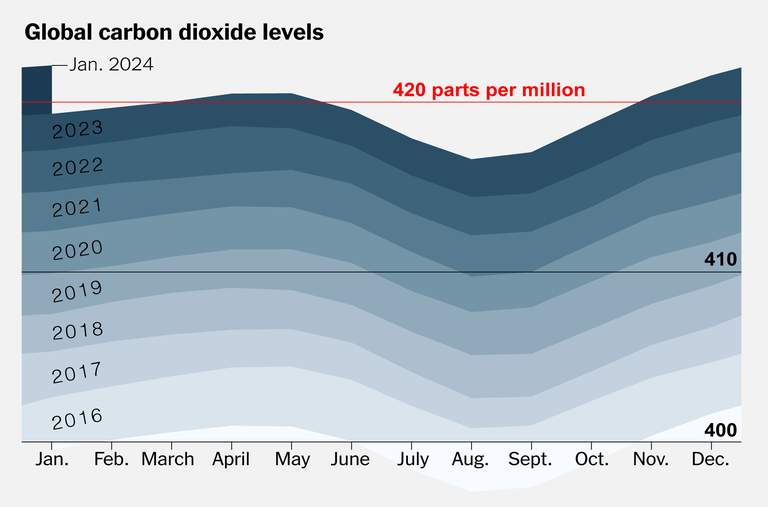
The Magnetic Heart of the Milky Way
A new map of the center of the Milky Way galaxy reveals details of its magnetic fields
By

Advertisement
Highlights From the Total Solar Eclipse’s Dark Path Through the U.S., Mexico and Canada
People all over North America spent the afternoon awed by the movement of the moon’s shadow, the last time it will pass through so much of the continent until the 2040s.

The Eclipse Across North America
What people in the path of totality were seeing and saying as the eclipse unfolded across the continent.
By

See the Total Solar Eclipse’s Shadow From Space
An American weather satellite is capturing the movement of the moon’s shadow across North America during the total eclipse of the sun on Monday.
By K.K. Rebecca Lai and

Fjords, Pharaohs or Koalas? Time to Plan for Your Next Eclipse.
If you can’t get enough of totality, or missed out this time, you’ll have three more chances in the next four years in destinations like Iceland, Spain, Egypt and Australia.
By
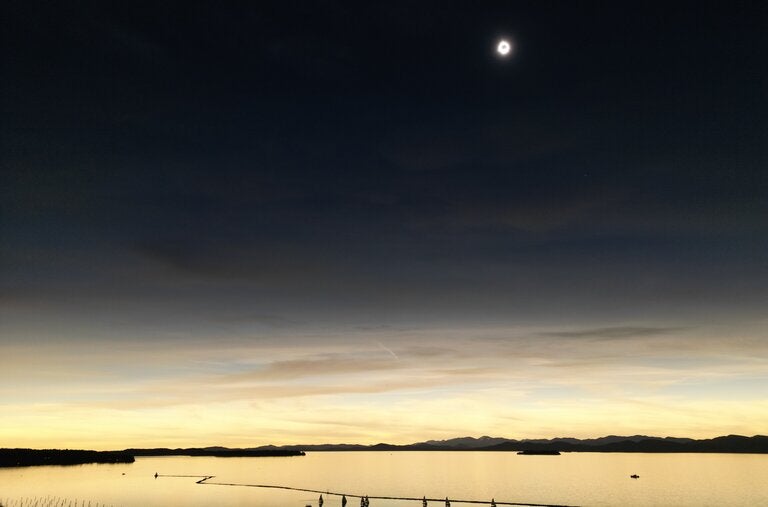
Did You Really Need to Be There to See the Eclipse?
For much of the 20th century, Rochester, N.Y., was the “imaging capital of the world.” For three and a half minutes on Monday, it was living up to its old nickname.
By Christopher Valentine and
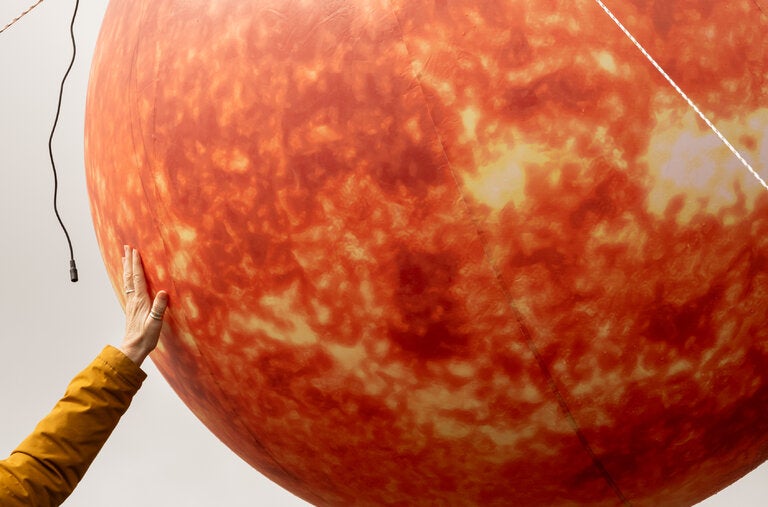
Like Moths to a Flame? We May Need a New Phrase.
Over time researchers have found fewer of the insects turning up in light traps, suggesting they may be less attracted to some kinds of light than they once were.
By

This Lava Tube in Saudi Arabia Has Been a Human Refuge for 7,000 Years
Ancient humans left behind numerous archaeological traces in the cavern, and scientists say there may be thousands more like it on the Arabian Peninsula to study.
By
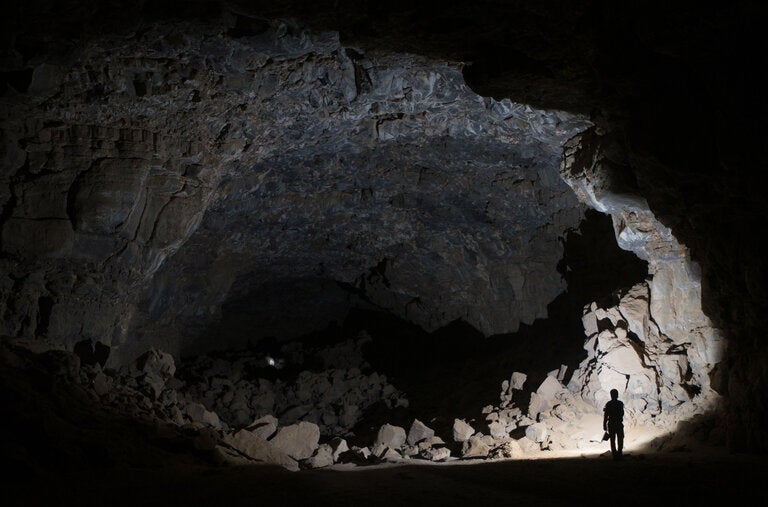
An 11-Year-Old Girl’s Fossil Find Is the Largest Known Ocean Reptile
When Ruby Reynolds and her father found a fossil on an English beach, they didn’t know it belonged to an 82-foot ichthyosaur that swam during the days of the dinosaurs.
By

A Surprising Shadow Was Created by the Total Solar Eclipse
An ascending jet’s contrail over Montreal added to the wonder of last Monday’s eclipse.
By

Ancient Foxes Lived and Died Alongside Humans
Extinct foxes and other animals were an important part of early South American communities, a new study has found.
By
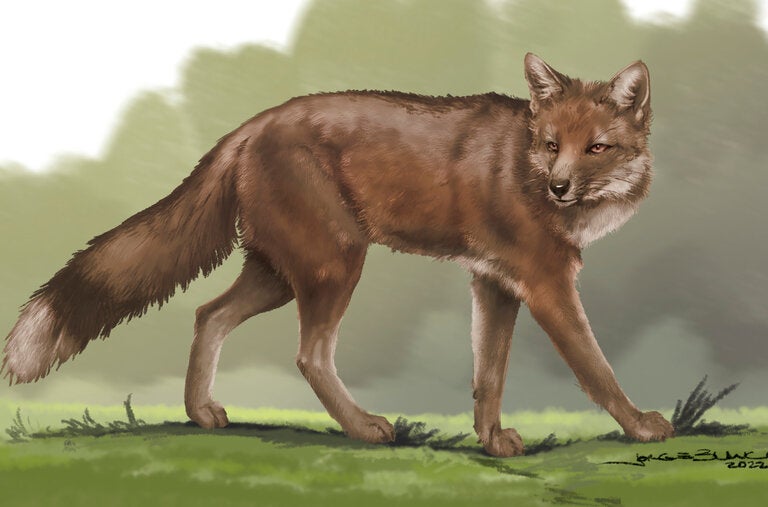
Advertisement
¿Por qué las mujeres padecen más enfermedades autoinmunes? Un estudio apunta al cromosoma X
Las moléculas que se adhieren al segundo cromosoma X de las mujeres lo silencian y pueden confundir al sistema inmunitario, según un nuevo estudio.
By

Fossil Trove From 74,000 Years Ago Points to Remarkably Adaptive Humans
An archaeological site in Ethiopia revealed the oldest-known arrowheads and the remnants of a major volcanic eruption.
By

Why Do Whales Go Through Menopause?
A new study argues that the change brought these females an evolutionary advantage — and perhaps did the same for humans.
By

Tras la pista de los denisovanos
El ADN ha demostrado que esos humanos ya extintos se extendieron por todo el mundo, desde la fría Siberia hasta el Tíbet, a una gran altitud, quizá incluso en las islas del Pacífico.
By

On the Trail of the Denisovans
DNA has shown that the extinct humans thrived around the world, from chilly Siberia to high-altitude Tibet — perhaps even in the Pacific islands.
By
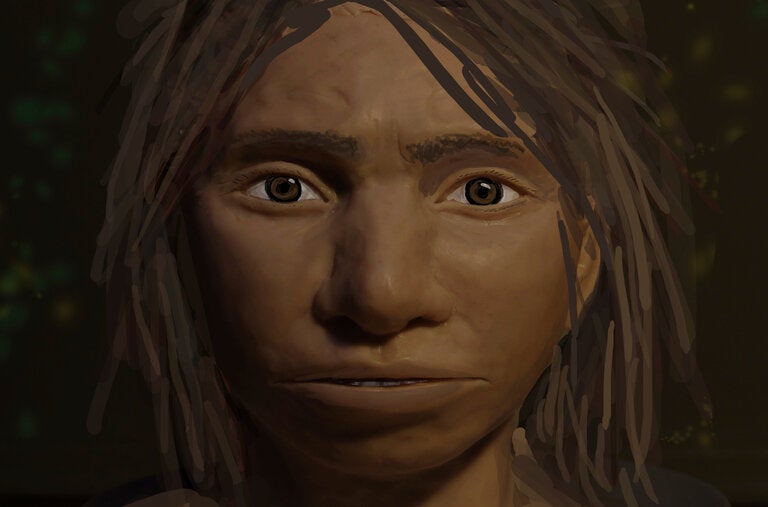
E.P.A. Severely Limits Pollution From Coal-Burning Power Plants
New regulations could spell the end for plants that burn coal, the fossil fuel that powered the country for more than a century.
By Lisa Friedman and

Energy Dept. Aims to Speed Up Permits for Power Lines
The Biden administration has expressed growing alarm that efforts to fight climate change could falter unless the electric grids are quickly expanded.
By

Five Things to Know About Biden’s New Power Plant Rules
The administration issued a major climate regulation aimed at virtually eliminating carbon emissions from coal, the dirtiest of the fossil fuels and a driver of global warming.
By Coral Davenport and

Is Online Shopping Bad for the Planet?
In theory, getting deliveries can be more efficient than driving to the store. But you may still want to think before you add to cart.
By

Carbon Dioxide Levels Have Passed a New Milestone
There’s 50 percent more carbon dioxide in the air than before the Industrial Revolution.
By

Advertisement

Of the 160 whales stranded near the town of Dunsborough on Thursday morning, more than 100 were returned to the ocean. Twenty-nine others, however, died on the beach.
By Johnny Diaz

Pivmecillinam, which has been used in Europe for decades, will become available next year to women 18 and older.
By Andrew Jacobs

The court’s ruling could extend to at least half a dozen other states that have similarly restrictive bans, and the implications of the case could stretch beyond abortion.
By Pam Belluck

Since a new form of bird flu arrived in 2022, federal officials have sought to reassure Americans that the threat to the public remained low.
By Noah Weiland, Benjamin Mueller and Emily Anthes

NYU Langone Health surgeons performed the transplant after implanting a mechanical heart pump in the severely ill patient.
By Roni Caryn Rabin

A single spillover, from a bird to a cow, led to the infections, a review of genetic data has found.
By Apoorva Mandavilli

A show at the New York Botanical Garden, inspired by Lewis Carroll’s books, will explore his fictional and real worlds through plants, art and artifacts.
By Laurel Graeber

The milk poses virtually no risk to consumers, experts said. But the finding suggests that the outbreak in dairy cows is wider than has been known.
By Emily Anthes, Apoorva Mandavilli and Noah Weiland

Animal-welfare science tries to get inside the minds of a huge range of species — in order to help improve their lives.
By Bill Wasik and Monica Murphy

Some states with Republican-controlled legislatures want more data, while some controlled by Democrats want less, fearing it could be used to target patients or providers.
By Pam Belluck and Emma G. Fitzsimmons
Advertisement
Advertisement